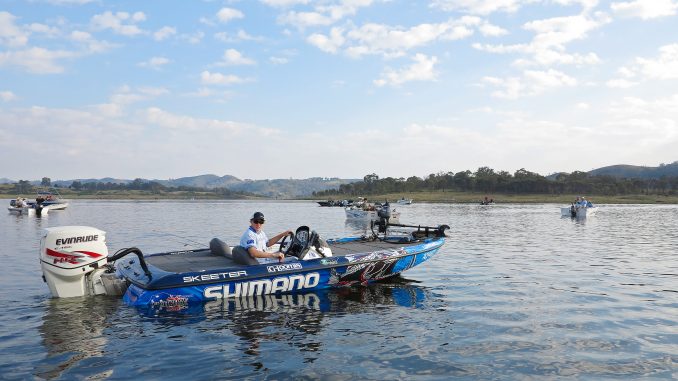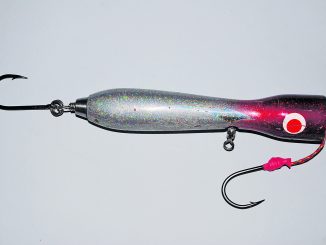
by Steve ‘Starlo’ Starling •
When it comes to boat launching and recovery, prior preparation prevents poor performance!
Most boaties have a collection of stories detailing incidences of poor boat ramp etiquette. Sadly, many of us have also seen a few examples of ramp rage in our time. I know a few wags who’ll actually get out of bed and drive to their local ramp (without a boat in tow) on extra busy mornings just to watch these inevitable dramas unfold.
This caper beats reality TV shows hands down for levels of sheer human conflict. Easter Sunday, Boxing Day and Australia Day are sure bets for some good old fashioned ramp rage, but any long weekend with a good weather forecast is likely to produce its share of riveting performances for the morbidly voyeuristic.
The most common misdemeanour witnessed involves those misguided folks who back their rigs down the launching ramp first, then stop to undo tie-down straps, remove trailer lights and outboard rests, fit bungs, organise ropes, tilt motors, dress their kids in life vests and even load gear from the vehicle into the boat. This is all extremely poor form, and incredibly frustrating for others waiting patiently in line to launch or recover their own boats. If the perpetrator has also managed to reverse so poorly that his or her semi-jack-knifed trailer and vehicle now occupies two or more lanes of the ramp, the crime is magnified. Words are likely to be exchanged. Sometimes it escalates beyond words.
The obvious reasons for increased tension over the holiday periods relate not only to a dramatic surge in traffic volume, but also to the fact that a lot more novice boaties tend to hit the water at these times. The combination of pressure, stress and inexperience leads to trouble.
Don’t get me wrong, I understand that everyone has to learn the ropes. None of us are born with the necessary knowledge to do this stuff. But the application of a little common sense and some pre-match practice goes a long way towards alleviating game day disasters.
If you’re new to boating, and particularly to backing trailers in the tight confines of boat launching areas, pick a quiet time mid-week (or on a weekend when the weather is too poor for most people to want to go out fishing), head to the ramp and practise, practise, practise! In particular, learn to rely on your internal and external mirrors when backing a trailer, rather than constantly stretching your neck and turning your head like a paranoid ostrich.
Work out a routine. Most launching ramps feature preparation bays where you can park and do all those last minute things before backing down to the water. Use this space to ensure all the fuel, safety gear, fishing tackle, spare clothing, food, water and so on that you’ll need for the day is securely stowed in the vessel, before you back down onto the ramp.
This is also the place and time to undo all those tie-downs, remove motor rests, screw in the bungs (you weren’t going to forget that, were you?) and tilt the motor up off its travelling rest. Naturally, don’t disconnect anything critical that might allow your boat to slide off the trailer mid-ramp!
Don’t be afraid to kick the starter over and briefly fire up the motor. Two or three seconds of dry running won’t hurt it, and if the battery is flatter than a pancake (or you’ve inadvertently activated the kill switch), you want to know now, before you hit the water.
Make sure you have a length of rope (it’s called a “line” in nautical parlance) attached firmly to the vessel’s bow cleat. Remember, it’s usually best to leave the winch cable and any last turnbuckles or other fastening at the bow of the vessel connected at this stage.
As mentioned, you don’t want the boat sliding off the trailer halfway down the ramp – it’s highly embarrassing and potentially expensive! Check to make sure these final points of attachment are only finger tight and, if they’re not, loosen them now with a pair of pliers. Removing them when it’s time to push the boat off should take seconds, not minutes. Scrambling in a tool box searching for those pliers at the foot of the ramp simply isn’t a good look.
With practice, preparation and a positive plan, everything should proceed smoothly, and your time on the ramp will be minimised. But things can and will occasionally go wrong — for you and others. If and when they do, don’t be afraid to ask for help, or to step in and offer it to those who are obviously in need. Remember: we were all beginners once!
Ramp rage doesn’t have to be an integral part of the boating experience, especially if we all pull together and apply a bit of that sadly uncommon quality known as common sense.



